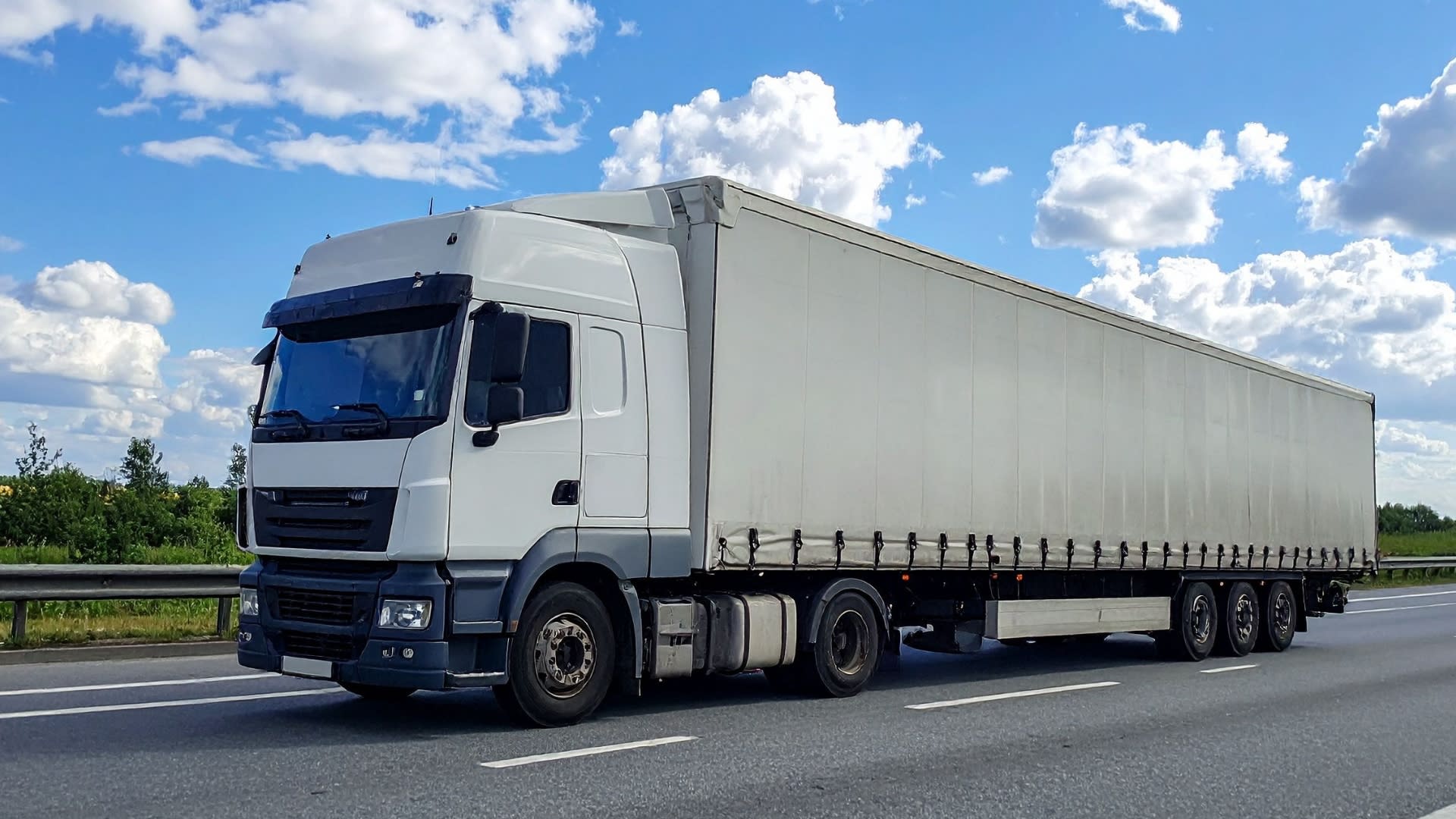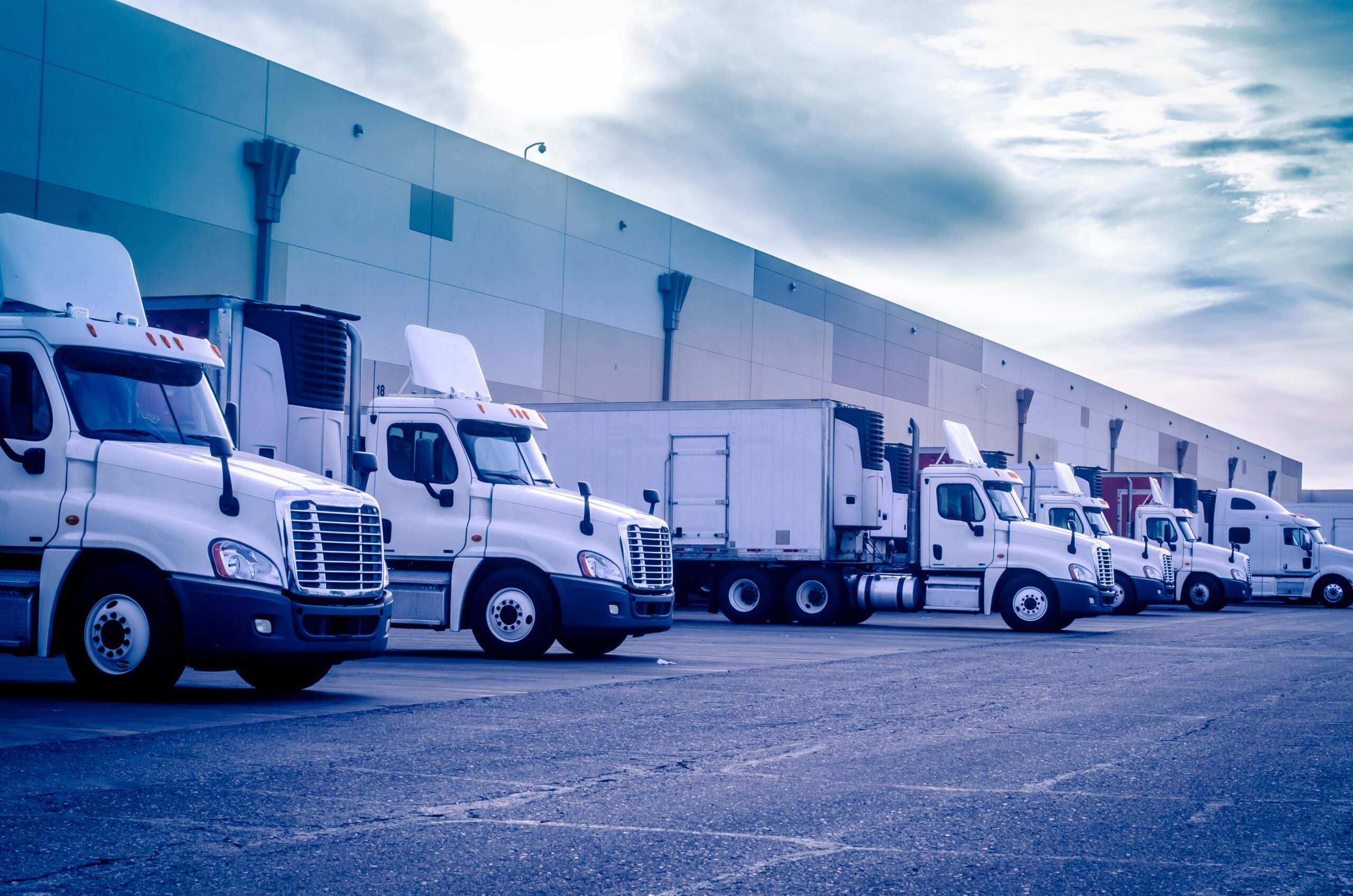According to Renub Research Latest Report commercial vehicle market is projected to grow from US$ 839.97 billion in 2024 to US$ 1,388.10 billion by 2033, at a CAGR of 5.74% during the forecast period of 2025–2033. Growth is being propelled by increased logistics demand, booming e-commerce, and rising construction and infrastructure activities across regions. Additionally, government investments, adoption of electric and hybrid vehicles, and autonomous technology are accelerating market expansion.
Leading players such as Tata Motors, Daimler, Volvo, Ford, Mahindra & Mahindra, Hyundai, and Toyota are focusing on innovative propulsion systems, digital fleet solutions, and sustainable mobility to meet evolving market demands.
Commercial Vehicle Market Overview
A commercial vehicle is any motor vehicle designed to transport goods, passengers, or perform specialized functions for business purposes. The market includes trucks, buses, vans, trailers, and heavy-duty equipment such as dump trucks and tankers.
These vehicles play a pivotal role in industries such as logistics, construction, mining, agriculture, retail, and public transport. For example, refrigerated trucks are vital for transporting perishable goods, while heavy-duty trucks support large-scale construction and mining operations. The surge of e-commerce has also amplified demand for light commercial vehicles (LCVs) for last-mile delivery, making commercial vehicles indispensable to the global economy.
👉 Want to explore detailed market trends, segment insights, and forecasts? 🔗 Request Sample Report
SWOT Analysis of Commercial Vehicle Market
Strengths
High Logistics Demand: Growth in last-mile delivery services drives steady demand for light and medium-duty trucks.
Global Leaders: Companies like Daimler, Volvo, Tata Motors, and PACCAR benefit from strong R&D and brand trust.
Diverse Product Portfolio: Vehicles range from light vans to heavy-duty trucks, catering to construction, mining, transport, and public transit.
Robust Aftermarket Services: Maintenance, parts, and financing infrastructure boost customer retention.
Technological Innovation: Telematics, driver assistance systems, and safety features improve fleet efficiency.
Weaknesses
High Initial Costs: EVs, ADAS-equipped trucks, and hybrid vehicles are expensive, limiting adoption by small businesses.
Fuel Dependency: Diesel reliance exposes fleets to price fluctuations and emissions regulations.
Slow EV Adoption in Emerging Markets: Limited charging infrastructure, incentives, and digital literacy hinder growth.
Regulatory Burden: Emission standards and safety compliance increase production complexity.
Driver Shortages: Global scarcity of skilled drivers poses logistical challenges.
Opportunities
Fleet Electrification: Urban fleets increasingly demand electric trucks, vans, and buses to reduce carbon footprints.
Government Initiatives: Infrastructure investments and clean energy policies boost commercial vehicle sales.
Autonomous Vehicles: Development of self-driving delivery trucks offers long-term market potential.
Intelligent Fleet Technologies: AI-driven fleet analytics, IoT, predictive maintenance, and V2V communication create value-added services.
Emerging Market Growth: Infrastructure and agricultural development in Asia and Africa expands vehicle demand.
Threats
Economic Uncertainty: Recessions, inflation, and geopolitical tensions can dampen investments.
Intense Competition: Low-cost local manufacturers pressure margins.
Environmental Regulations: Tighter emission norms may lead to recalls, redesigns, or penalties.
Supply Chain Disruptions: Shortages in semiconductors, metals, and components impact production.
Urban Mobility Shift: Rise of shared mobility, drones, and micro-logistics could reduce conventional vehicle demand.
Mergers and Acquisitions (M&A)
June 2025: Daimler Truck and Toyota merged their truck subsidiaries, Mitsubishi Fuso and Hino, forming a new publicly traded holding company.
May 2025: JOST Werke SE acquired Hyva for USD 398 million, strengthening its hydraulic solutions and global competitiveness, including in India.
March 2024: Tata Motors approved a Composite Scheme of Arrangement between TML, TMLCV, and TMPV to consolidate operations.
May 2024: Cummins Inc. acquired Meritor, Inc., combining powertrain and drivetrain solutions to expand electric vehicle capabilities.
Key Growth Drivers
1. Expansion of E-commerce and Logistics
The rise of online shopping has amplified demand for light and medium-duty commercial vehicles for last-mile delivery. Companies are expanding fleets to meet same-day and next-day delivery expectations.
Jan 2025: Eicher Trucks launched the Pro X range of electric small commercial vehicles (2–3.5 tonnes) to serve the growing e-commerce logistics market.
2. Infrastructure Development and Urbanization
Infrastructure projects like roads, bridges, and urban transit systems increase demand for heavy-duty trucks, construction vehicles, and transit buses.
Urban Population Growth: Currently, 55% of the global population lives in cities, expected to rise to 68% by 2050. Asia and Africa will account for nearly 90% of this growth, driving demand for commercial transport vehicles.
3. Transition to Sustainable Mobility
Hybrid and electric commercial vehicles are gaining traction due to rising environmental concerns. Government incentives and subsidies encourage fleet electrification, while autonomous systems, telematics, and fuel-efficient engines improve operational efficiency.
Feb 2024: VE Commercial Vehicles showcased Made-in-India, future-ready mobility solutions at Bharat Mobility Global Expo 2024.
Challenges
1. Rising Operational Costs
Fleet operators face high fuel, maintenance, and insurance costs. Compliance with emission norms and the high cost of EVs pose barriers, particularly for small businesses in price-sensitive markets.
2. Supply Chain Disruptions
Global shortages in semiconductors, metals, and vehicle components delay production timelines, affecting delivery and vehicle pricing.
👉 For deeper analysis, detailed segment data, and company insights: 🔗 Request Customization Report
By Vehicle Type:
Heavy-Duty Commercial Trucks: Used in mining, construction, and long-haul logistics; demand driven by industrial growth.
Light Commercial Pick-up Trucks: Ideal for urban deliveries, e-commerce logistics, and utility services.
Light Commercial Vans: Compact solutions for city transportation and last-mile deliveries.
Medium-Duty Commercial Trucks: Flexible usage in logistics, passenger transport, and industrial applications.
By Propulsion Type:
Hybrid & Electric Vehicles (HEV, PHEV, BEV, FCEV): Driven by sustainability trends and government incentives.
ICE Vehicles: Includes diesel, gasoline, LPG, and CNG options for conventional markets.
By End User:
Industrial: Transporting raw materials and finished goods.
Mining & Construction: Heavy-duty vehicles for challenging terrains.
Logistics: Fleet operations for urban and long-haul deliveries.
Passenger Transportation: Buses, shuttles, and charter vehicles.
Regional Market Outlook
United States
The U.S. market benefits from robust e-commerce logistics, infrastructure development, and government incentives for electric and CNG vehicles.
June 2024: Nippon Express USA launched its first EV truck in Texas, emitting zero CO₂ during operation.
Germany
Germany’s market thrives on advanced manufacturing, green mobility, and logistics innovation. Electric and hybrid vehicle adoption is strong, supported by autonomous fleet management technology.
Sept 2024: BYD introduced the E-VALI light commercial EV and EYT 2.0 yard tractor in Hannover, Germany.
India
India’s commercial vehicle market is expanding due to urbanization, e-commerce growth, and infrastructure projects. Adoption of CNG and electric vehicles is rising, despite high costs and regulatory complexity.
Mar 2024: Daimler India Commercial Vehicles planned 14 new product launches, including heavy-duty and AMT-equipped trucks.
Brazil
Growth is driven by agriculture, mining, and urbanization. Heavy-duty trucks for natural resource transport are in high demand, though economic and operational costs remain challenges.
Oct 2024: BYD launched six new EVs, prompting competitors to lower pricing of both electric and ICE models.
Saudi Arabia
Infrastructure expansion, industrial activities, and Saudi Vision 2030 initiatives are increasing commercial vehicle demand, particularly in construction, logistics, and oil & gas sectors.
Nov 2024: Tata Motors launched Prima 4440.S AMT, an automated manual transmission truck.
Notable Vehicle Launches
Feb 2024: Tata Motors launched Ultra T.9 and Ultra T.14 heavy-duty trucks in South Africa for logistics, agriculture, and construction.
Feb 2024: Hyundai Motor Company and Iveco launched an all-electric light commercial vehicle for Europe, expanding the eLCV lineup.
Feb 2024: EKA Mobility introduced 1.5-tonne electric LCVs at Bharat Mobility Global Expo.
Oct 2023: Stellantis unveiled Pro One as part of its commercial vehicle strategy, consolidating brands like Citroën, FIAT, Opel, Peugeot, Ram, and Vauxhall.
Key Players
Leading companies shaping the commercial vehicle market include:
AB Volvo
Ford Motor Company
General Motors Company
Hyundai Motor Company
Mahindra & Mahindra Limited
Mercedes-Benz Group AG
Mitsubishi Motors Corporation
Robert Bosch GmbH
Tata Motors Limited
Toyota Motor Corporation
These players invest in electric mobility, autonomous systems, intelligent fleet solutions, and regional expansions to maintain competitiveness.
Market Outlook
The commercial vehicle market is expected to continue its robust growth due to:
Expanding e-commerce and logistics sectors
Growing infrastructure projects and urbanization
Transition to electric and hybrid vehicles for sustainability
Technological advancements in autonomous systems, telematics, and fleet management
Emerging market opportunities in Asia, Africa, and the Middle East
Despite challenges such as rising operational costs, supply chain disruptions, and regulatory compliance, the market is evolving towards more efficient, sustainable, and technologically advanced commercial vehicles, positioning it for long-term growth and innovation by 2033.
Note: If you need details, data, or insights not covered in this report, we are glad to assist. Through our customization service, we will collect and deliver the information you require, tailored to your specific needs. Share your requirements with us, and we will update the report to align with your expectations.









